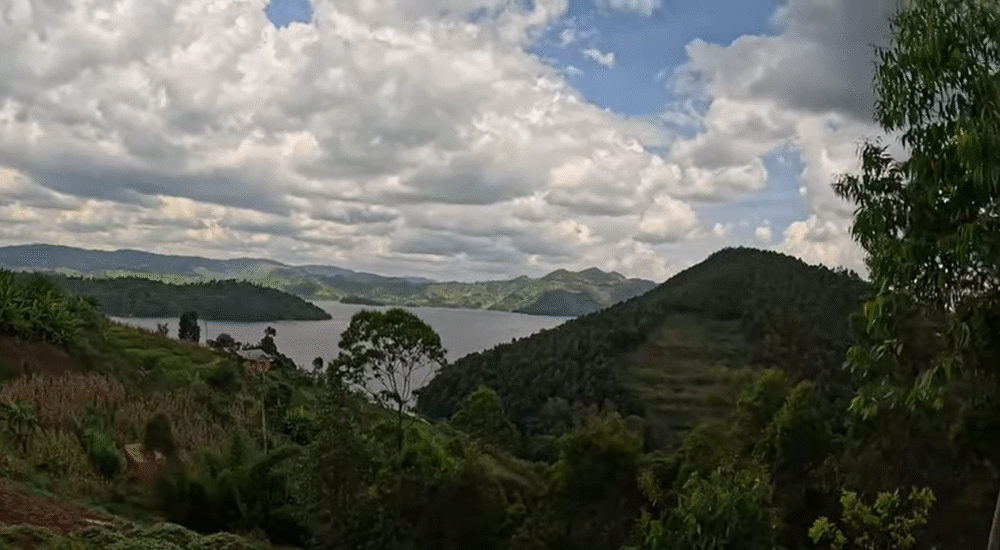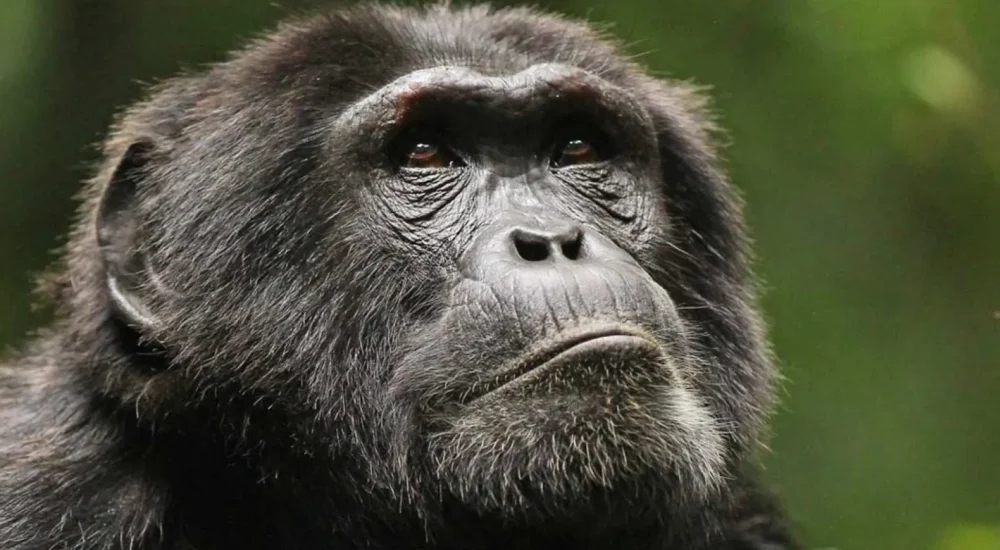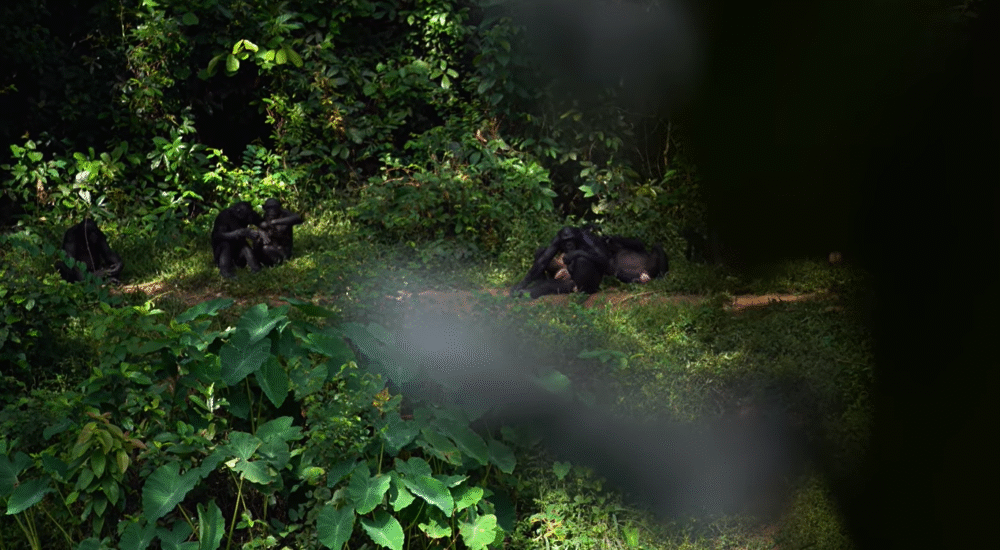Rwanda, known for its stunning landscapes and rich biodiversity, offers many unique travel destinations. One…
The Ecological Impact of Gorilla Trekking in Uganda.
The Ecological Impact of Gorilla Trekking in Uganda.
It is amongst the most sought-after wildlife experiences that draws a thousand visitors to witness these magnificent creatures in their natural habitat annually. This adventure not only allows tourists to seek unforgettable encounters, it’s also very fundamental for the conservation of mountain gorillas, once almost an extinct category of species.
While major conservation dividends of gorilla trekking exist, the activity equally creates ecological challenges that have to be carefully managed if the species and their habitats are to have a sustainable future. Herein is an in-depth look at the ecological impact of gorilla trekking in Uganda.
Positive Ecological Impacts
1. Conservation and Protection of Gorilla Habitats
One of the major ecological benefits credited to gorilla trekking is that it provides direct financial support for the conservation of mountain gorillas and their habitats.
money accrued from the trekking permits, at a few hundred dollars each, is reinvested within the national parks to fund anti-poaching activities, restore habitats, and invest in community development projects. This has helped increase the number of rangers and tools for monitoring via this flux of funds, which in turn has helped to gradually reduce poaching and other illegal activities in gorilla habitats.
2. Encouraging the Local Communities and Conservation Awareness
The resources resultant from gorilla trekking have inculcated some kind of conservation attitude in the local communities living around gorilla habitats. This is observed through community-based tourism projects whereby locals are given a percentage share in the revenue collected, thus giving them a chance to care for these gorillas and their environment.
Education and awareness about the need for conservation, as provided through revenues accrued from tourism, also contributes to handling issues relating to human-wildlife conflict and practicing sustainable means that benefit both humans and wildlife.
Increased Genetic Diversity Through Monitoring and Research
Tourism and researchers in gorilla habitats have led to the constant monitoring of gorilla groups through data on health, behavior, and genetic diversity. Regular health checks and interventions that treat the gorillas for snare injuries or diseases result in higher survival rates and the perpetuation of healthy populations. This on-going research ensures that the conservation strategies are adjusted to suit the emerging needs of the gorilla populations in their long-term survival.
Negative Ecological Impacts
1. Habitat Disturbance and Stress on Gorillas
In as much as the above-mentioned role may be beneficial to the ecosystem, gorilla trekking does indeed have deleterious effects on the environment as well as on the gorillas themselves. Presence of humans in their habitat tends to disrupt the normal behavior of gorillas, who therefore suffer due to stress and take different courses in feeding as well as socializing.
Although strict guidelines are in place to minimize human impact-such as maintaining a distance of at least seven meters, limiting the number of visitors, and the time spent with the gorillas-there are indeed situations when these rules are not followed strictly enough, thus causing a negative influence upon gorilla behavior and health.
2. Disease Transmission Risk
Genetic relation between mountain gorillas and humans has made them very prone to human diseases. Something as common as flu or the cold becomes a death threat for the gorillas. Direct contact with tourists, notwithstanding strict regulations against such an action, may carry disease vectors from one party to another.
This now extends to include education on health protocols for tourists, such as wearing masks and refraining from treks during sickness, as a mitigation against this risk. The threat of disease transmission is considered a serious ecological threat.
3. Environmental Degradation and Footprint
The increasing influx of tourists in Ugandan gorilla parks has made it imperative to create access roads, lodges, and trails, which inadvertently contributes to environmental degradation.
Such construction may lead to habitat fragmentation, soil erosion, and pollution-all-threatening the fragile ecosystem on which not only gorillas but also a wide variety of other species rely for survival. The management of infrastructure development with ecological preservation remains one of the always urgent concerns among park authorities.
Minimizing Ecological Impact
On its part, Uganda has made a number of efforts to mitigate some of the negative ecological impacts due to gorilla trekking: strict regulations on numbers of visitors daily, the duration of visits, and code of conduct for tourists during treks.
Besides this, ecotourism practices are being promulgated through low-impact infrastructure with sustainable tourism initiatives that benefit both the wildlife and the local communities. Indeed, continuous research, monitoring, and adaptation of conservation strategies are required so that gorilla trekking can be a viable conservation tool that sustains health among the gorilla populations and their habitats.
![]()
Responsible tourism, on the other hand, is all about adhering to appropriate codes of behavior while supporting the needed ongoing conservation efforts in view. In this manner, visitors can play a very crucial role in helping these majestic creatures for generations to come.


